Limited-time offer on Mailzzy: 35% off your first 3 months or annual plans. Learn more

Best Ways to Effectively Sync Email Marketing and SEO Goals
Discover strategies to sync email marketing and SEO, boost engagement, drive traffic, and maximize ROI through cross-channel optimization.
The Connection Between Email and SEO
Using Keyword Planner Data for Email Strategy
Optimize Your Email Content for SEO-Friendly Behavior
Turn Emails into Link Magnets
Repurpose High-Performing SEO Content into Email Campaigns
Technical Tips: UTM Tracking + Analytics
Final Thoughts
Digital marketers often treat email marketing and SEO as separate entities, working in isolated silos that never intersect. This compartmentalized approach misses valuable opportunities for growth and engagement.
Recent data from Google's Keyword Planner reveals a fascinating trend: searches for 'email marketing and SEO integration' have increased by 78% in the past year. This surge signals a growing recognition of the powerful synergy between these two channels.
You're leaving money on the table by keeping these strategies separate. Consider this: email marketing generates $36 for every $1 spent, while SEO drives 53% of website traffic. When combined strategically, these channels create a compound effect that amplifies your digital presence.
This guide provides actionable strategies to:
- Use SEO insights to craft compelling email content
- Drive targeted traffic to your SEO-optimized pages
- Transform email subscribers into valuable backlink sources
- Track and measure the impact of email-SEO integration
The Connection Between Email and SEO
There's a common misconception that email marketing doesn't directly impact your SEO rankings. This is true: Google's algorithm doesn't consider your email campaigns when determining search positions. However, the relationship between SEO and email marketing operates through indirect benefits that create a powerful synergy in your customer journey.
Here's how email marketing amplifies your SEO efforts:
1. Traffic Boost to SEO-Optimized Pages
- Your email list sends targeted visitors to specific landing pages
- Subscribers who click through are typically more engaged readers
- Higher quality traffic leads to better conversion rates
2. Enhanced Engagement Metrics
- Email-driven visitors spend more time on your site
- Lower bounce rates from email traffic
- Increased click-through rates on internal links
- Better user behavior signals to search engines
3. Natural Link Building Opportunities
- Subscribers share valuable content with their networks
- Newsletter content gets republished on other websites
- Industry connections lead to organic backlinks
- Social shares from email campaigns create additional link signals
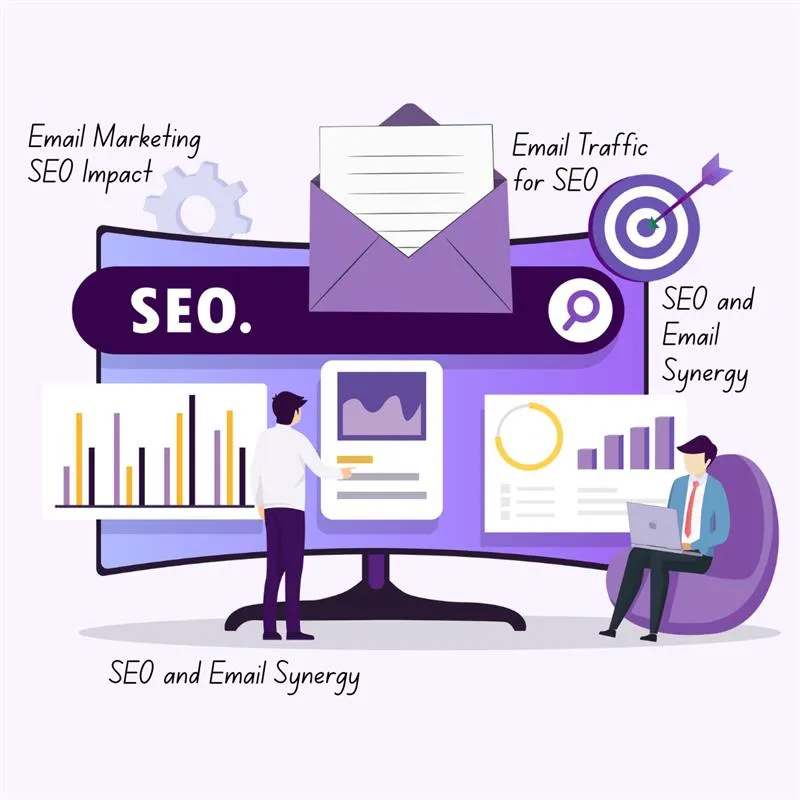
Your email marketing template can strategically direct traffic to SEO-focused content, creating a cycle where each channel strengthens the other. When subscribers find value in your emails, they're more likely to engage with your brand across multiple touchpoints, boosting your overall digital presence and search visibility.
The key lies in viewing these channels as complementary forces rather than separate entities. By aligning your SEO and email marketing strategies, you create multiple pathways for your audience to discover and interact with your brand.
Using Keyword Planner Data for Email Strategy
Your SEO keyword research holds untapped potential for crafting compelling email campaigns. Google's Keyword Planner reveals valuable insights into your audience's search behavior - data you can leverage to create resonant email content.
Here's how to transform PPC data into email marketing gold:
- Search Intent Mapping: Match high-volume keywords with your subscriber segments to deliver targeted content that meets specific needs
- Content Topic Selection: Use competitive keyword analysis to identify blog topics your audience actively searches for
- Subject Line Optimization: Incorporate popular search terms into email subject lines to boost open rates
- Meta Title Integration: Align your email headlines with meta titles from top-performing organic content
Real-World Application: A marketing agency discovered the keyword 'best time to send emails' had 2,500 monthly searches. They:
- Created an in-depth blog post targeting this term
- Developed an email series sharing key findings
- Promoted the content to their subscriber base
- Tracked increased engagement across both channels
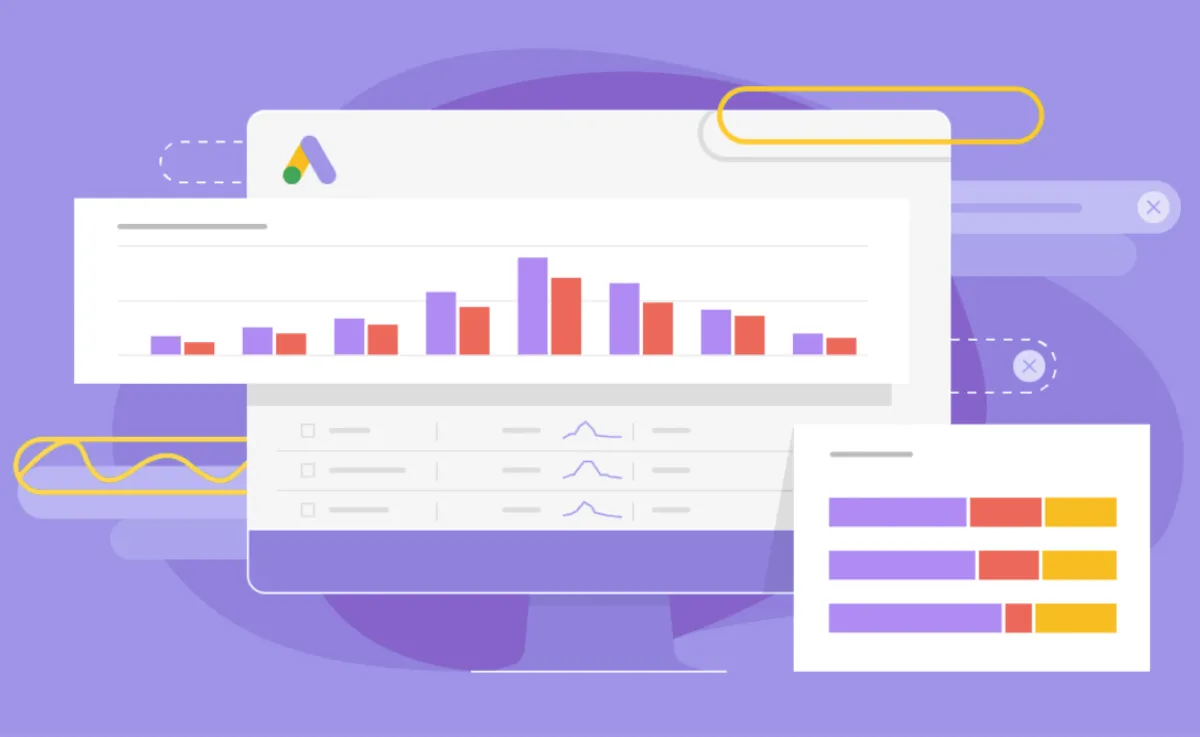
This strategic alignment between keyword data and email content creates a powerful feedback loop - driving traffic, engagement, and conversions across both platforms.
Optimize Your Email Content for SEO-Friendly Behavior
Strategic email content optimization creates a powerful bridge between your email marketing and SEO efforts. Here's how to maximize this synergy:
1. Smart Anchor Text Usage
- Replace generic 'click here' links with descriptive anchor text
- Use relevant keywords naturally within link text
- Keep anchor text consistent with your target page's SEO focus
2. High-Intent Subject Lines
- Research popular search queries in your niche
- Craft subject lines that mirror these search terms
- Test different variations to identify what drives the highest engagement
3. Strategic Link Placement
- Position important links above the fold
- Include links to your highest-priority SEO pages
- Add deep links to relevant product categories or blog posts
4. Click-Through Optimization
- Create compelling snippets of your SEO content
- Use action-oriented language that drives curiosity
- Add visual elements that draw attention to your links

Set up A/B tests for different link placements and anchor text variations to identify what resonates best with your audience. Track click-through rates to refine your approach and boost engagement with your SEO-optimized content.
Additionally, consider leveraging the strategies outlined in this comprehensive guide on how to write a blog. This can further enhance your content creation process, making it more effective and engaging for your audience.
Turn Emails into Link Magnets
Your email list holds untapped potential for generating valuable backlinks to your SEO content. Here's how to transform your emails into powerful link-building assets:
1. Strategic Content Promotion
- Share your keyword-driven blog posts with subscribers who own websites
- Create exclusive content previews for your email audience
- Highlight data, research, or industry insights that others might reference
2. Influencer Engagement Tactics
- Segment your email list to identify bloggers and industry experts
- Personalize outreach with custom snippets about their work
- Offer them first access to your content before public release
3. Amplify Social Sharing
- Add prominent social sharing buttons at key points in your email
- Include 'Forward to a Friend' options with pre-formatted messages
- Create tweetable quotes from your content with built-in links. These quotes can serve as compelling hooks that encourage sharing.

Build content silos within your email sequences to establish topic authority. When refreshing evergreen content, notify your subscribers first - they're likely to share updated, relevant information with their networks.
Repurpose High-Performing SEO Content into Email Campaigns
Your top-performing SEO content represents proven value for your audience. By leveraging strategies from this comprehensive content repurposing guide, you can transform these successful pieces into engaging email campaigns. This approach helps maintain consistent messaging and strengthen your brand authority.
Create Newsletter Gold from Top Blog Posts
- Extract key insights from your highest-ranking blog posts.
- Package the information in bite-sized, email-friendly formats.
- Add exclusive tips or updates to provide extra value for subscribers.
Break Down Long-Form Content
- Split comprehensive guides into a strategic drip campaign.
- Send one focused topic per email to prevent information overload.
- Include relevant examples and actionable steps in each segment.
Build Engaging Content Roundups
- Curate your best-performing SEO pages by theme or topic.
- Highlight key statistics and findings from multiple articles.
- Present content in a fresh context for email audiences.
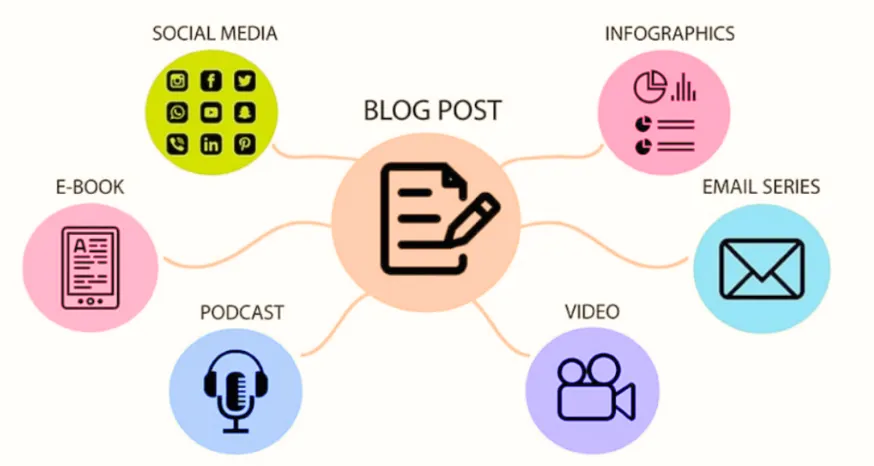
Track conversion rates from these repurposed campaigns to identify which content formats resonate best with your email subscribers. Use these insights to refine your content strategy across both channels.
Remember to customize the content presentation for the email format - what works on your website might need adjustments for inbox engagement. Incorporating elements of content repurposing can help with this. Add visual elements, break up text blocks, and ensure your CTAs align with email-specific user behavior.
Technical Tips: UTM Tracking + Analytics
Precise tracking helps you measure the effectiveness of your email-SEO synergy. UTM parameters serve as digital breadcrumbs, revealing how subscribers interact with your SEO content through email campaigns.
Setting Up UTM Parameters
When setting up your UTM parameters, make sure to include the following:
- utm_source=newsletter
- utm_medium=email
- utm_campaign=weekly_digest
- utm_content=blog_link
These parameters will be used by Google Analytics to track the performance of your email campaigns and their impact on your SEO efforts.
Key Metrics to Monitor
Once you have set up your UTM parameters, it's important to monitor the following key metrics in Google Analytics:
- Bounce rates from email traffic vs. organic search
- Time on page for email-referred visitors
- Pages per session from email campaigns
- Goal completion rates by traffic source
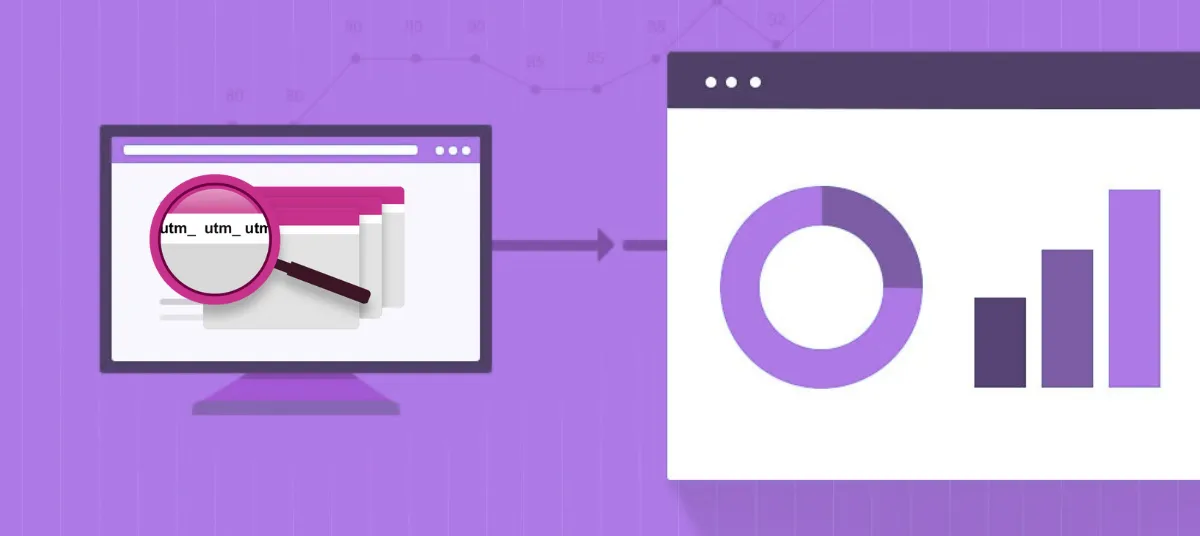
By analyzing these metrics, you can gain insights into how email traffic behaves compared to organic search traffic and identify areas for improvement in your email-SEO strategy.
Track Indirect SEO Benefits
In addition to monitoring direct metrics, it's also crucial to track indirect SEO benefits that may result from your email campaigns. Here are some key areas to focus on:
- Social shares from email-referred traffic
- Backlinks generated after email outreach
- Comment engagement on blog posts
- Return visitor rates from email campaigns
These indirect signals can provide valuable information about the impact of your email campaigns on your overall SEO efforts.
Set Up Custom Segments in Google Analytics
To gain a deeper understanding of how email-driven traffic behaves on your website, set up custom segments in Google Analytics. This will allow you to isolate and analyze the specific patterns and characteristics of visitors coming from your email campaigns.
By doing so, you can identify which types of content resonate with both email subscribers and search users, enabling you to create more targeted and effective marketing strategies.
Create a Custom Dashboard
To streamline your reporting process and have a holistic view of both your email and SEO performance, create a custom dashboard in Google Analytics. Include the following metrics:
- Email click-through rates
- Landing page performance
- Keyword rankings for promoted content
- Conversion paths starting from email
This dashboard will serve as a central hub for monitoring the success of your integrated email-SEO strategy and identifying optimization opportunities.
Regularly reviewing these metrics will help you stay informed about the effectiveness of your tactics and make data-driven decisions to improve your results over time.
Final Thoughts
Email Marketing and SEO create a powerful synergy that drives sustainable growth. The combination builds a cohesive digital marketing funnel, amplifying your reach across multiple touchpoints in the customer journey.
Key benefits of Sync Email Marketing and SEO integrated approach:
- Higher user engagement through targeted content delivery
- Stronger brand presence across search and inbox
- Measurable impact on conversions and ROI
- Data-driven insights for continuous optimization
Your cross-channel marketing success depends on breaking down silos between teams. Encourage collaboration between your SEO and email specialists - share data, align content calendars, and create unified messaging strategies.
Ready to transform your marketing results?
Try Mailzzy to streamline your email campaigns and boost your SEO performance. Our platform helps you create engaging newsletters that drive traffic, increase conversions, and support your search ranking goals. Start your free trial today and watch your digital presence grow.
Start your free trial today and watch your digital presence grow.
Also read
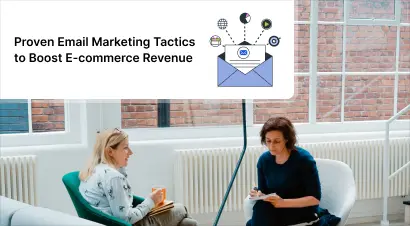
Proven Email Marketing Strategy to Increase Ecommerce Revenue
Discover effective email marketing strategies to grow ecommerce sales. Drive engagement, retain customers, and boost online revenue seamlessly.

Responsive Email Design for Higher Click-Through Rates
Enhance email marketing with responsive email design. Boost engagement and improve click-through rates using best practices and kinetic email design.
Let's keep in touch
Sign up for our weekly email marketing newsletter and Mailzzy updates.
For more details, review our Privacy Policy








